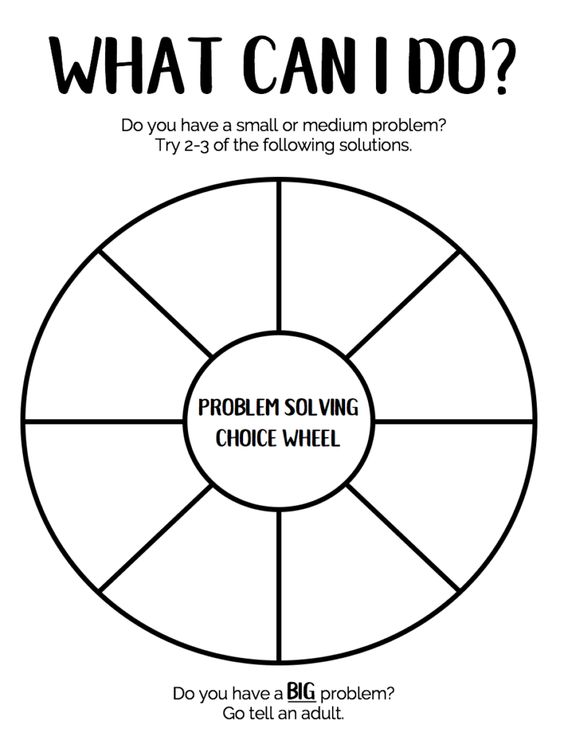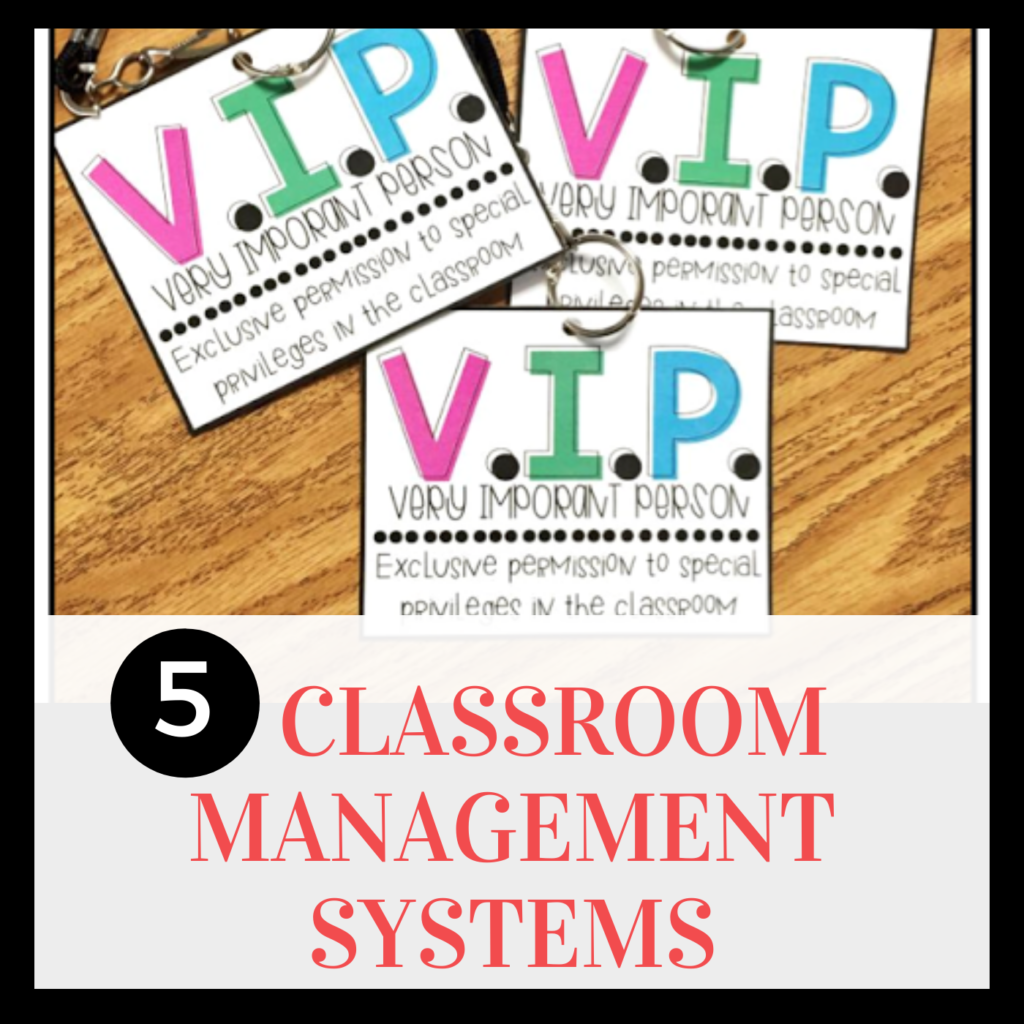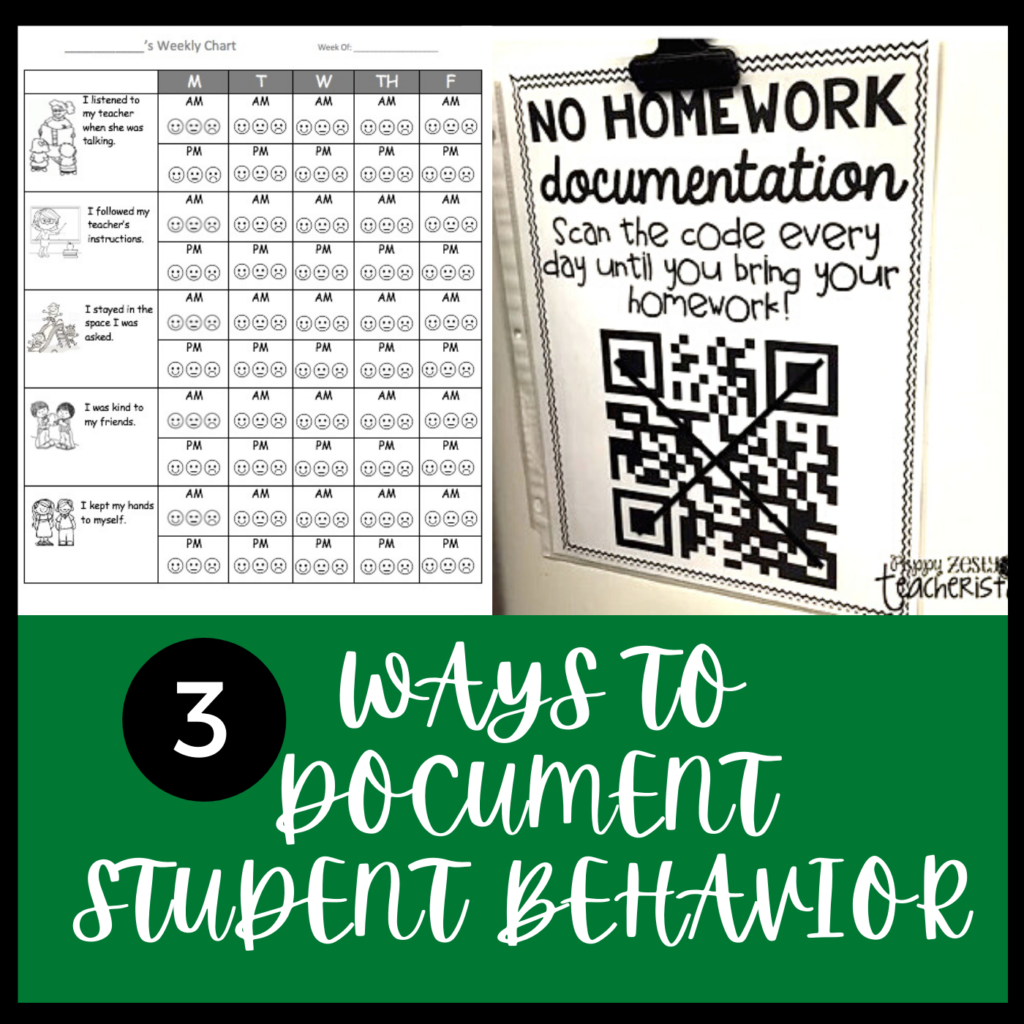Problem solving is a very important skill for students to learn. It’s not only important for their future but also the overall peace and management of your classroom. The more you train your students how to solve their own problems, the less you have to get involved in solving them yourself. Win Win! Here are three activities to get you started with helping your students to problem solve.
1. Identify which problems you have control over and which you do not
Not all problems can be solved by children on their own. It’s important for them to understand the things they have control over and the things they do not. Begin this discussion by having students each create something out of a pipecleaner. Ask them to share what they made.
Next give them each a rock and ask them to create the same thing they just created with the pipeclearner. They will says things like “huh?” or “that’s impossible”. When you ask them why they will eventually say something like “we can change the rock”. Exactly, they don’t have control over it like they do the pipecleaners.
Read the book Alexander and the Terrible, Horrible, No Good, Very Bad Day. As you read tell students to think about each of Alexander’s problems and if he has control over them or not. Think aloud about a few of the problems to model for younger students.
After you finish reading, get a hula hoop and some cards with pictures or words describing various problems that Alexander had. Toss in problems that you have control over into the hoop. Problems you don’t have control over, go outside the hoop. This idea came from the responsive counselor and she sells a lesson plan and problem cards to go along with this activity if you are interested. Otherwise, you can make your own problem cards.
2. Brainstorm Ways to Solve Problems

Once students understand which problems they have control over and which ones they do not, the next step is to discuss ways to solve the problems they can control. This simple, graphic organizer helps students really push themselves to think of new ways to solve problems. Since there are 8 spots on the wheel the traditional answers such as “tell a teacher” and “walk away” aren’t enough. You’ll be amazed at the creativity students come up with.
3. Fair Fighting Rules
Overall, most of the problems students will mention relate to interactions with other students. I like to discuss what a “fair fight/conflict” looks and sounds like. It’s ok for students to argue and express conflict. However, it shouldn’t become name calling and abuse.
I found this cute poster with some good overall rules for kids. Students can also make their own posters or essential agreements about how to fight fair.
After doing each of these three activities allow students time to practice problem solving with each other. You can have students act out different scenerios in small groups or a partner. Pathway to Success has some free problem solving task cards that are great for this.
Comment below and share other ideas you have for teaching students to problem solve. I’d love to hear them!
More posts you might like:



